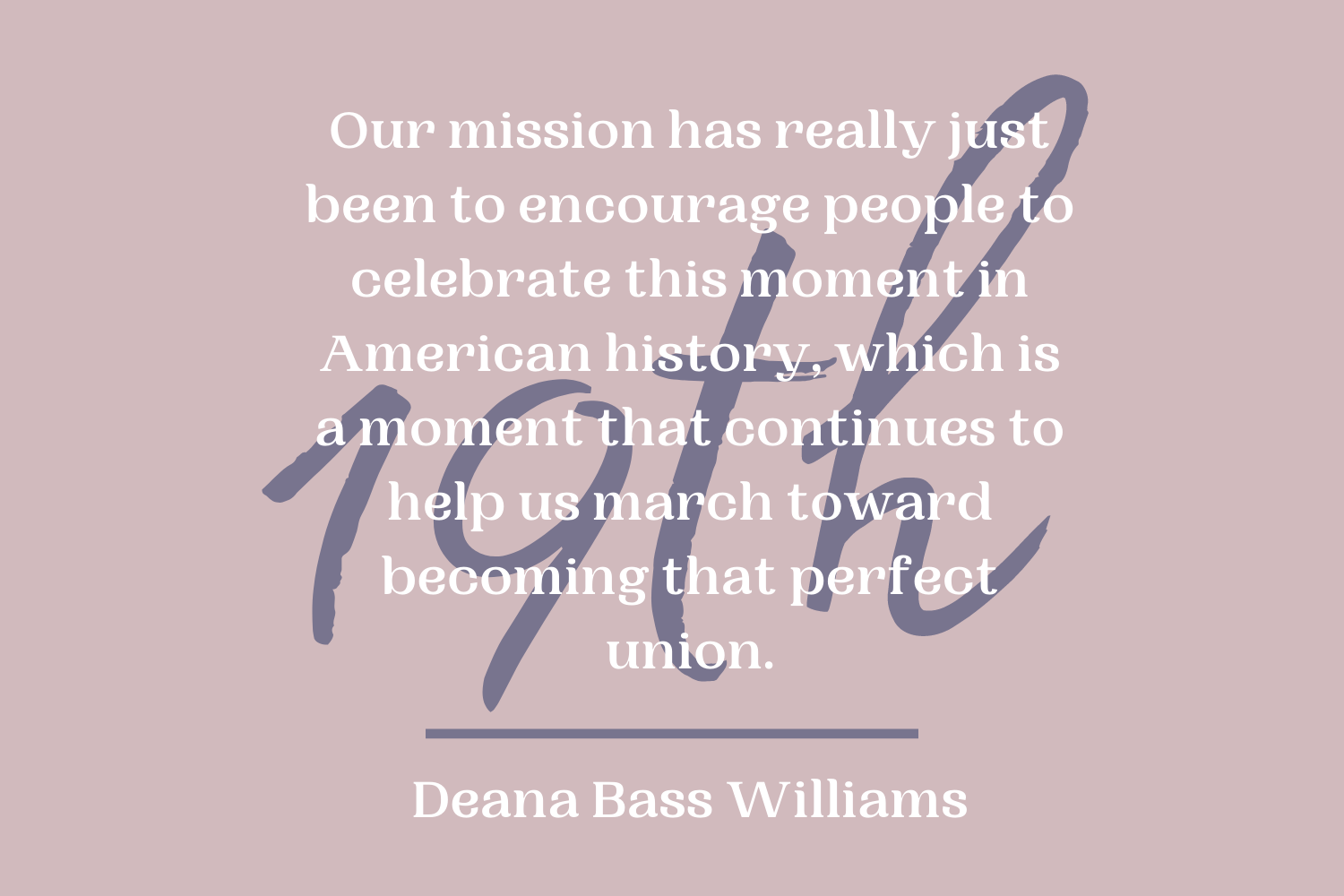Common Questions About Mail-in Voting, Election Safety, & Covid-19
In the 2020 voting cycle, voting by mail has been an incredibly popular topic of discussion. Earlier this year, WPLN board member Valerie Dowling spoke with We Can Vote's Jessica Barba Brown, R Street Institute's Kevin Kosar, and Millennial Action Project's Alexandria Tapia, to discuss the history of absentee voting, the debates at play now, election safety, COVID-19's impact, budgeting and logistic issues at play for States, and answer questions regarding the integrity of elections.
The discussion highlighted commonly asked questions and clarified the process for voters as well as those seeking office who will have to rely on mail-in voting in their races. Here are some of the highlights:
What are the benefits of voting by mail?
Aside from the more obvious benefits that you can skip lines, do it at your own convenience, and lower your chances for being exposed to Covid-19, Kevin Kosar pointed out that voting by mail gives you more time than you would have at the voting booth to think and research for what policies and for whom you are voting.
What is the difference between absentee voting and mail-in voting?
The definitions can be tricky and vary depending on whom you ask, including many variations among the states themselves. Some of the stress and confusion about voting by mail can be attributed to different states and the federal government differing on a definition for either voting option. Alexandria Tapia explains that absentee voting has been around longer than mail-in voting, and voters tend to trust the term “absentee voting” more, so legislators have used that term more.
One key difference that Jessica Barba Brown points out is that while mail-in voting is restricted to the post, absentee voting can be done in a variety of ways: mailed in, placed in secure drop boxes or libraries, and drive-thru ballot drop-off.
What are the rules of absentee voting? Do they vary from state to state?
They definitely vary from state to state. Some of the questions to ask regarding your state include:
Does your state send out ballots to everyone or do you need to take action yourself?
Does your state require an excuse to cast your absentee ballot?
What is the timeframe in which you can send in your ballot?
With what methods can you send in your absentee ballot?
Hasn’t absentee voting been around for a long time? What’s so different now?
Brown describes a trend of increasing absentee voting as more states are recognizing Covid-19 as a valid excuse to request an absentee ballot. At the same time, some states are fighting this trend. The unpredictability in how these states will consider their absentee voting creates challenges for election officials.
Does voting by mail give one party an advantage? Is voting by mail safe?
Tapia emphasizes that absentee voting is nonpartisan and statistically does not benefit one party over the other. She also states that the narrative that mail-in voting cannot be trusted is “misleading and outright false.” It is up to local elected officials, who the community trusts, to combat the false narrative so that people can still make their voices heard in times where voting in-person may be difficult or not feasible for some people.
Check out the entire conversation below or on the WPLN Facebook page.

